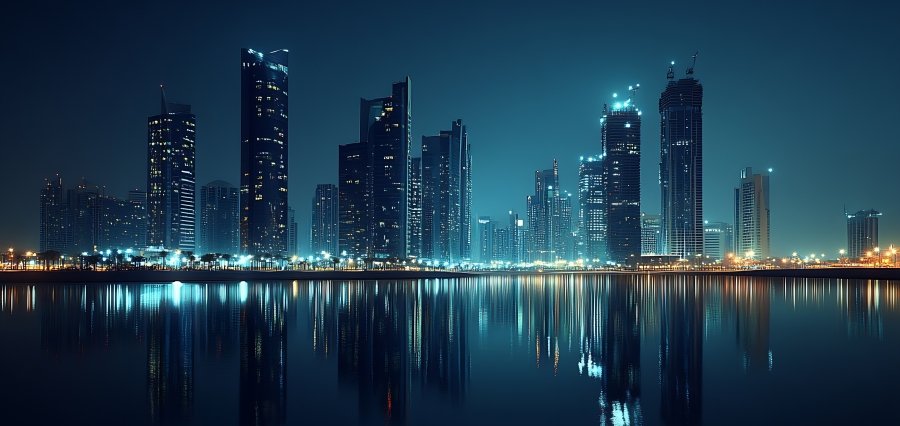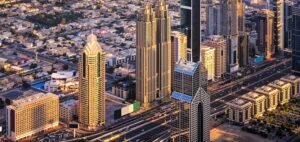Prime Highlights:
Bahrain’s economy grew by 2.1% in Q3 2024, driven by non-oil sectors.
Non-oil sectors expanded by 3.9%, accounting for 86.4% of GDP.
The information and communication sector grew by 11.9%, fueled by mobile and broadband subscriptions.
Key Background:
Bahrain’s economy expanded by 2.1% in the third quarter of 2024, largely driven by robust growth in non-oil sectors, according to official data from the Ministry of Finance and National Economy. The non-oil sector grew by 3.9% year-on-year, representing 86.4% of the country’s real GDP.
Among the key contributors to this growth was the information and communication sector, which saw a remarkable 11.9% increase, fueled by a surge in mobile and broadband subscriptions. Additionally, the financial and insurance sectors performed strongly, expanding by 5.8%, while electronic funds transfers rose by 13.7%. Manufacturing saw a growth of 4.2%, supported by higher production at the Bapco Refinery, and wholesale and retail trade grew by 2.1%, aided by a significant increase in e-commerce.
Despite these positive developments, Bahrain’s oil sector faced significant challenges. Oil-related activities contracted by 8.1%, primarily due to maintenance work at the Abu Sa’afa field and declining global oil prices. As a result, nominal GDP fell by 0.9%, reflecting the downturn in oil production.
Trade and investment figures were mixed. The current account surplus shrank by 54.5% year-on-year to 148.6 million Bahraini dinars ($394.2 million), driven by a 19.2% drop in oil exports. However, non-oil exports grew modestly by 1.1%, with base metals and mineral products leading the charge. Foreign direct investment (FDI) stock increased by 3.5%, reaching 16.5 billion dinars, with the financial sector accounting for 67.3% of total FDI.
In terms of infrastructure, several major projects were completed, including the Bapco Modernization Program, which increased refinery capacity by 42%, and the inauguration of new hotels and resorts in the tourism sector. The healthcare and industrial sectors also saw developments, such as the construction of a new rehabilitation center and the launch of the Aluminum Downstream Industries Zone.
Monetary indicators remained positive, with broad money supply increasing by 6.1%, and total loans from retail banks rising by 4.9%. The labor market saw a 1.7% increase in the number of Bahrainis employed, and the country’s capital markets showed gains, with the Bahrain All Share Index increasing by 3.8%. Bahrain’s global competitiveness remained strong, with the nation
maintaining its position as the freest economy in the Arab world and improving its ranking in the IMD World Digital Competitiveness Ranking.





